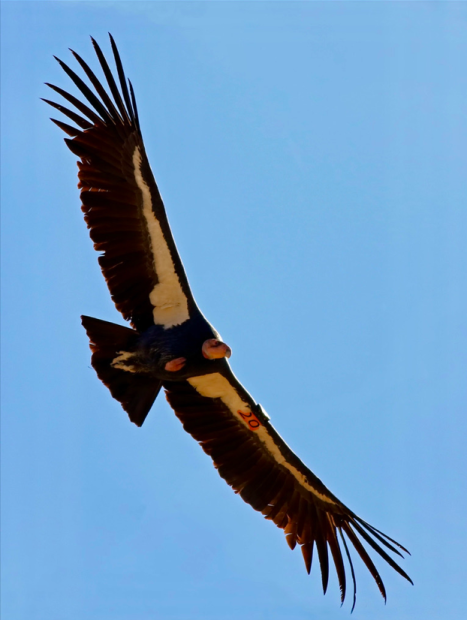Rename Los Padres National Forest
Condor National Forest Would Be a Better Name
It is time, once again, to change the name of our national forest. Los Padres National Forest is not the homeland of the Spanish padres and none of our missions are in the national forest. Los Padres is the ancestral homeland of native people who lived there for thousands of years. My friends who are Native Americans with ancestral ties to the first people have little love for the Spanish padres. But to tag the national forest with a name representing the people is also problematic as they lived in various tribal groups speaking different languages — Chumash, Costanian, Esselen, Salinian, and Tataviam.

Moving beyond the folly of naming something as magnificent as a national forest after people, please consider that our forest was also the ancestral range of California condors. It was the last stronghold of the condors before our capture, breeding, and release program brought them back from the brink of extinction and spread them in small numbers around the Southwest. The condor would be an appropriate symbol to represent our forest.
I have hiked the length of Los Padres twice. I have seen condors at the southern end near the Sespe Condor Sanctuary and at the northern end near Big Sur. I have seen no evidence of Spanish padres in the national forest. There is one site where pines were felled by native labor and hauled to build roof rafters for at least one mission. And, of course, water flowed to the missions just as it flows today to many of our towns and cities. The national forest has provided a number of resources. Perhaps the most valuable to us all is simply the provision of clean water.
I believe Condor National Forest would be a better name for our forest. The recovery of condors represents an appropriate symbol of our commitment to the environment. The photo above is of AC-4, the oldest living condor in the wild. Stacey Bergman of Friends of Condors Wild and Free tells me that this condor is a virtual rock star among condors. This male was one of the original 22 birds captured in the 1980s. Today, he soars wild and free. At age 43, he has contributed 30 offspring with perhaps more to come. He and a mate also rediscovered the cliffs of the original Sisquoc Condor Sanctuary, located deep in our national forest, as a nesting site.
Historical records of Los Padres show that the forest has undergone a number of name changes in the past as various forest reserves established late in the 1800s and early 1900s were combined to become the Santa Barbara and Monterey National Forests, These two areas were merged in 1919 under a single name, Santa Barbara National Forest, but as large parts of this newly formed forest were also in other counties (mainly Monterey, San Luis Obispo, and Ventura counties) pressure to change the name mounted and, over 85 years ago, in the 1930s, a new name was chosen — Los Padres National Forest.
It is time, once again, to choose a more appropriate name and symbol to represent our forest. I am voting for condors.




You must be logged in to post a comment.